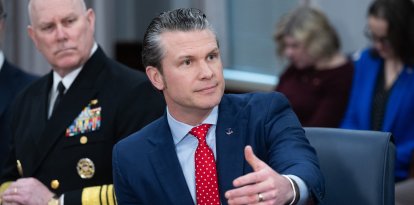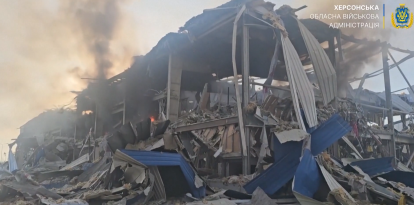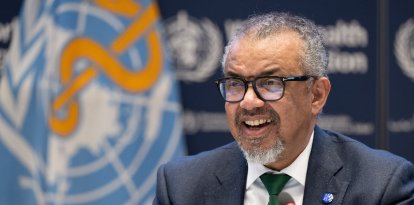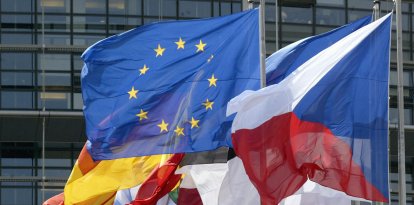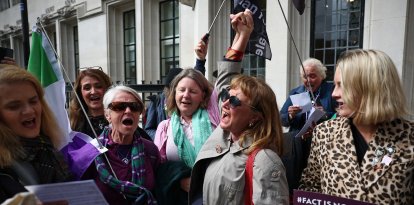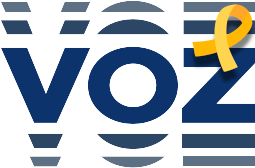ANALYSIS.
Trump's special envoy proposes a similar model for Ukraine as Berlin did after WWII
Kellogg proposes creating "zones of influence" with Franco-British troops on the ground and the establishment of a demilitarized zone separating Russian and Ukrainian troops with the Dnieper River serving as the wall that separated the Allies and Russians in the German capital.
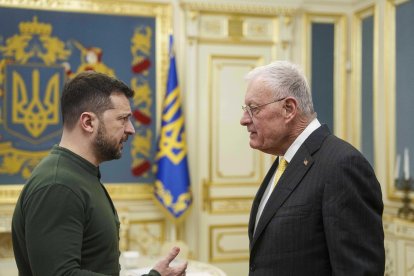
Meeting between Zelenski and Kellogg, in a file photo.
The U.S. emissary to Ukraine, Keith Kellogg, proposed ending the three-year war by applying a model similar to that of "World War II Berlin" in the country. Kellogg's solution would involve the creation of a zone under Franco-British control - with troops on the ground - a demilitarized part and a third in Russian hands.
In an interview with the British newspaper The Times, the U.S. envoy recalled that, after World War II, the German capital was divided into four zones of influence: "There was a Russian zone, a French zone, a British zone and an American zone." The division between the part in the hands of the USSR and the Western powers was marked by a wall, built in 1961 and which would not be torn down until 1989.
The Dnieper, the 'natural wall' that would separate the zones of influence
In this case, it would not be necessary to erect an artificial separation, since Kellogg pointed out that the Dnieper River, which runs north-south through central Ukraine, would be a perfect natural barrier to demarcate the division.
The eventual Franco-British peacekeeping force would be located west of this river, he said. In addition, a demilitarized zone would be established on the current front lines in eastern Ukraine to separate Kiev and allied troops from Russian troops. Kellogg specified that the U.S. does not contemplate deploying its military on the ground in any case.
For Kellogg, the presence of British and French soldiers west of the Dnieper "would not be provocative at all" for Moscow, although he acknowledged that the Kremlin has on several occasions rejected similar proposals and was likely to maintain its position.
Kellogg qualified on X that he was talking about "zones of influence" and not "partition" of Ukraine
In a later message on X, the White House emissary clarified that in the interview he was not referring "to a partition of Ukraine." "He was talking about a post-ceasefire resistance force in support of Ukraine. In the conversation about partition, I was referring to reference areas or areas of responsibility for an allied force," he assured.
Amid Washington's efforts to end more than three years of conflict, European countries such as the United Kingdom and France have offered to send peacekeepers to Ukraine once the war ends.
RECOMMENDATION


